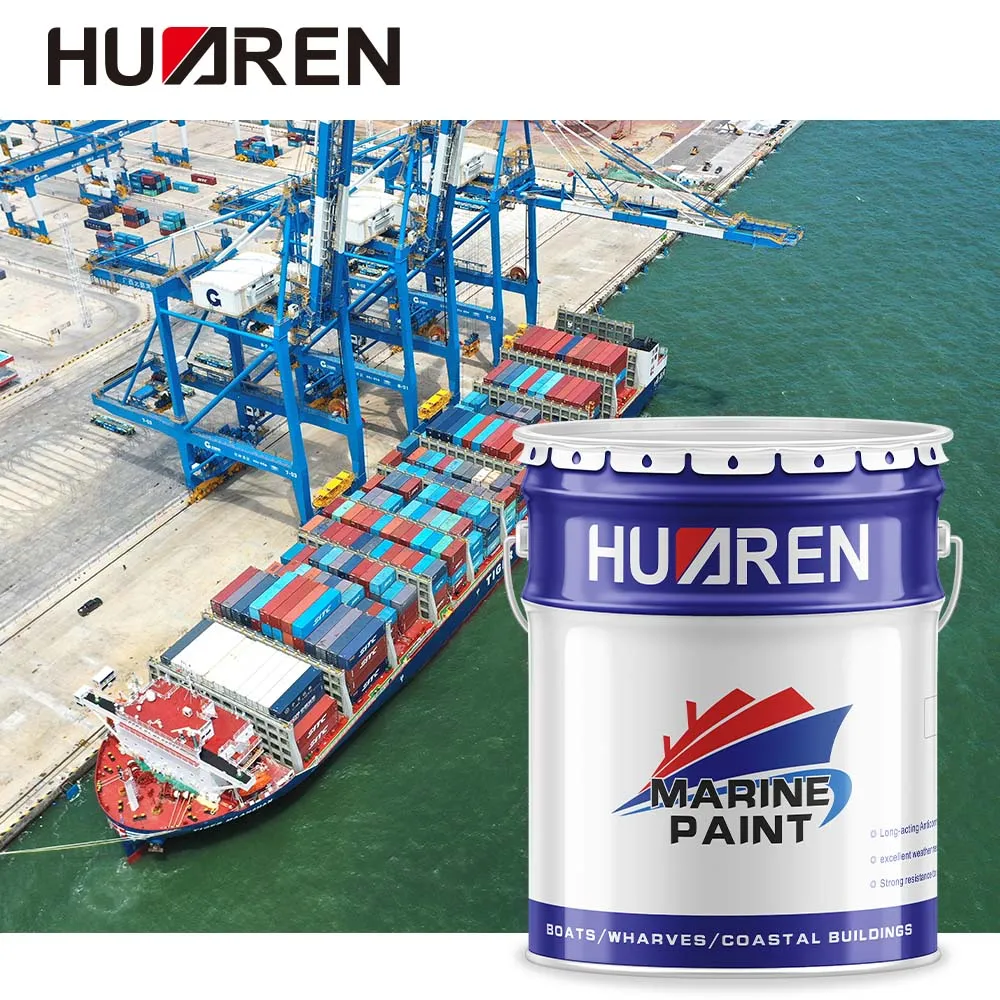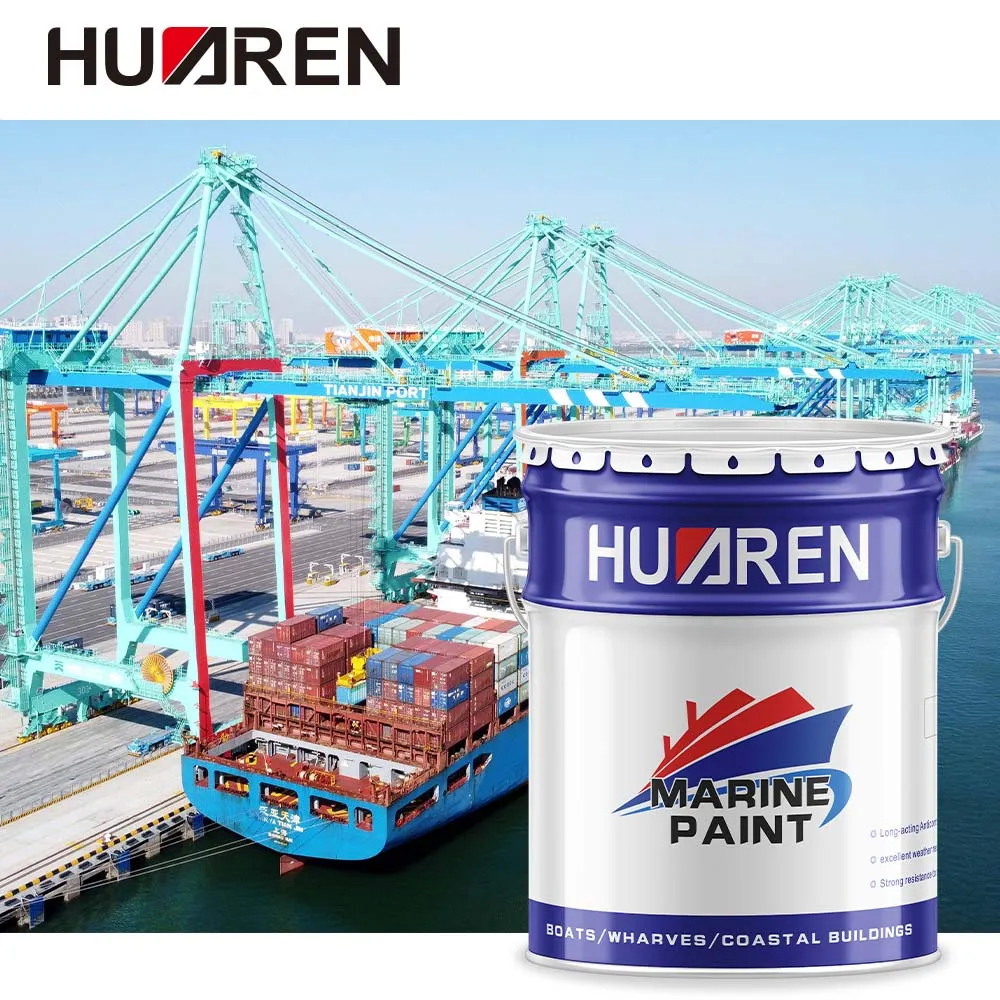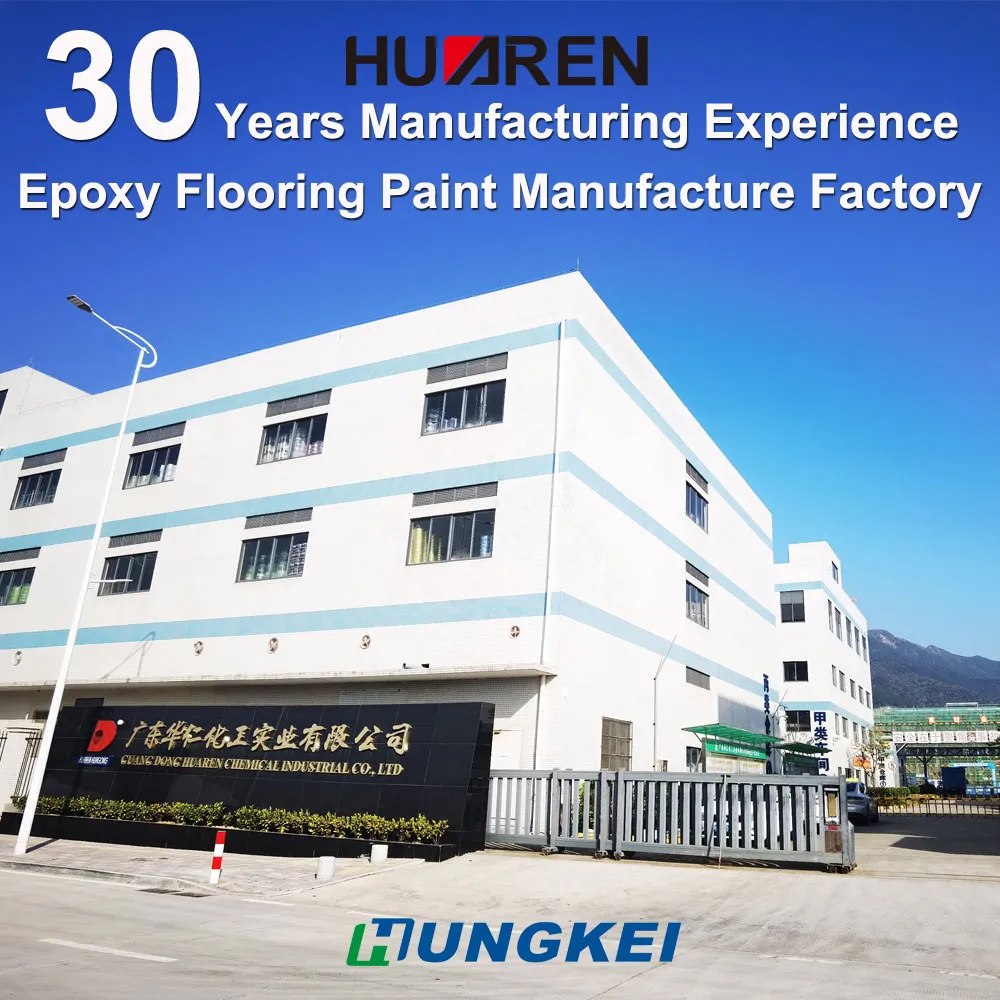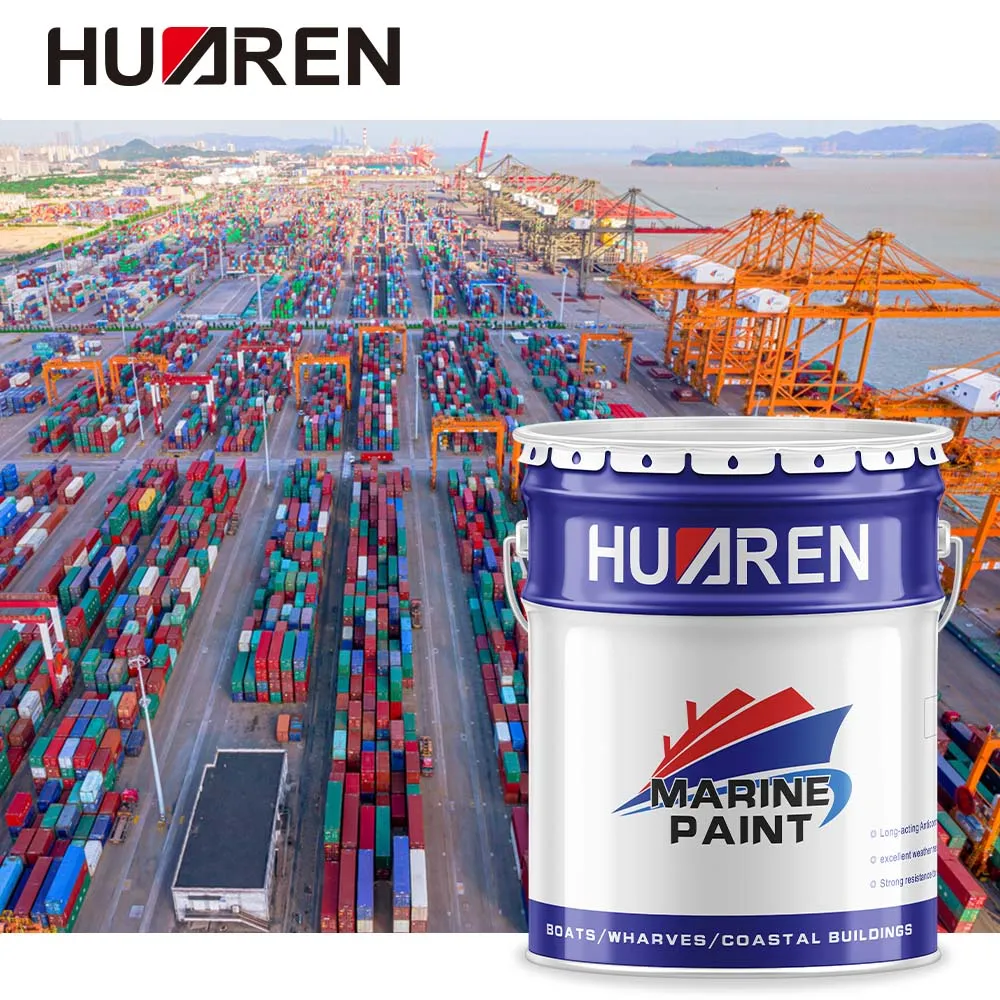Marine antifouling paint (also known as antifouling paint, ship bottom paint) is a type of paint that prevents marine organisms such as aquatic plants, shells, algae, etc. from attaching to the surface of the ship. This paint can effectively reduce the attachment of aquatic organisms, thereby improving the navigation efficiency of ships and reducing fuel consumption.
In recent years, with the continuous strengthening of environmental protection regulations, some traditional marine antifouling paints have been banned. The reasons for banning the use of marine antifouling paints mainly involve their serious pollution to the environment, impact on the ecosystem, and health and safety issues.
This article will explore this issue in depth, analyze why some marine antifouling paints are banned, and introduce related alternative technologies and materials.

1. Harmful substances in traditional antifouling paints
Traditional marine antifouling paints often contain some harmful substances, which pose a serious threat to the environment and ecosystem. The following are several common harmful ingredients:
● Organic tin compounds (such as tributyltin TBT)
In the 20th century, tributyltin (TBT) compounds were widely used in marine antifouling paints. It has a strong antifouling effect and can effectively prevent aquatic organisms from attaching. However, the impact of TBT on the aquatic environment is very serious. It is a persistent organic pollutant (POP) that can cause damage to the marine ecosystem even at extremely low concentrations. TBT has been found to be toxic to marine organisms, especially to marine mollusks (such as shellfish and mussels), which can interfere with their growth and reproduction, and even cause their death. More seriously, TBT affects the immune system and reproductive system of some fish and other aquatic organisms in the waters, causing problems such as their sex reversal. Due to its great harm to the environment, TBT has been banned from use in marine antifouling paints worldwide.
● Copper and its compounds
As a common ingredient in marine antifouling paints, copper has an effect on the growth of microorganisms. Although the antifouling effect of copper is not as strong as that of TBT, it still has a certain impact on the aquatic ecosystem. Copper is a heavy metal. Excessive copper can cause the death or reduced reproduction of microorganisms and aquatic animals in water. Long-term copper pollution may lead to the destruction of ecological balance in water bodies and have a negative impact on the biodiversity of water bodies. For these reasons, the use of copper is also strictly restricted.
● Lead and other toxic substances
In addition to TBT and copper, some traditional antifouling paints may also contain harmful heavy metals such as lead, cadmium, and arsenic, which are extremely toxic to the environment. They not only pollute seawater, but also enter marine organisms through the food chain, ultimately affecting human health.

2. Impact on the marine ecosystem
The impact of harmful substances in marine antifouling paint on the marine ecosystem is one of the main reasons for prohibiting its use. The marine ecosystem is complex and sensitive, and harmful substances in marine antifouling paint may destroy the balance of this system.
● Impact on the diversity and ecological functions of aquatic organisms
The harmful components in antifouling paints may cause a sharp decline in the number of aquatic organisms, especially mollusks and fish. Copper, TBT and other harmful chemicals inhibit the growth of aquatic plants and destroy the marine food chain. Long-term pollution may also cause the extinction of certain species, reduce the biodiversity of water bodies, and may even damage fishery resources and affect the development of coastal economies.
● Damage to coral reefs and underwater ecosystems
Toxic substances in marine antifouling paint enter the water body through the scraping, peeling, and precipitation of the hull, and gradually accumulate. These substances are particularly harmful to underwater ecosystems such as coral reefs. Coral reefs are the habitat of many marine species and an important part of the marine ecological balance. Substances such as copper and TBT can damage the health of corals, causing coral bleaching or even death, seriously affecting the stability of underwater ecology.
● Water pollution and sediment pollution
Harmful substances in antifouling paint are gradually released into the water as ships sail, especially in still water areas such as ports and docks. These substances are easily deposited on the bottom of the water, forming a long-term accumulated pollution source. Sediment pollution not only affects water quality, but also affects the health of aquatic organisms through the food chain, and even affects the function of the entire ecosystem.

3. Potential risks to human health
In addition to the impact on the environment, harmful substances in marine antifouling paint also pose potential health risks. In particular, crew members and ship repair workers who are exposed to these harmful substances may face certain health threats.
● Toxic gas release
During the application or removal of antifouling paint, harmful chemicals in the paint may volatilize into toxic gases, such as volatile organic compounds (VOCs) and heavy metal gases. If these gases are inhaled, they may cause harm to workers' health, including respiratory diseases, nervous system damage, and even cancer.
● Skin contact and poisoning
Toxic substances in marine antifouling paint, such as TBT, lead, copper, etc., may enter the human body through direct contact with the skin and cause chronic poisoning to the human body. Long-term exposure to these harmful chemicals may lead to health problems such as endocrine disorders and immune system abnormalities.
● Risks transmitted through the food chain
Toxic substances in antifouling paint may enter the food chain through aquatic organisms, ultimately affecting human health. Since some marine organisms (such as shellfish, fish, etc.) grow in polluted waters and are eaten by humans, ingesting seafood containing heavy metals and toxic substances may have an impact on human health and may even cause chronic or acute poisoning.
4. International regulations and restrictions
Due to the harm of traditional marine antifouling paint to the environment and human health, the international community has begun to take a series of measures to restrict and prohibit it.
● International Maritime Organization (IMO)
The convention aims to reduce the pollution of the marine environment by antifouling paints for ships. According to the convention, the use of antifouling paints containing TBT is prohibited, and ships are required to inspect and update antifouling paints regularly. In addition, the convention also stipulates the use standards of other harmful substances and requires ship managers to adopt environmentally friendly alternatives.
● EU REACH Regulation
The EU's REACH Regulation (Registration, Evaluation, Authorization and Restriction of Chemicals) stipulates the use and emission standards of chemicals in the environment. The REACH Regulation strictly restricts harmful chemicals in antifouling paints, especially the comprehensive prohibition of toxic substances such as heavy metals and TBT.
● Regulations of the U.S. Environmental Protection Agency (EPA)
The U.S. Environmental Protection Agency has implemented strict supervision on harmful substances in marine antifouling paints, especially requiring shipowners to prove that the antifouling paints they use meet environmental standards before ships enter U.S. ports.

5. Alternatives and environmentally friendly technologies
With the deepening understanding of the environmental impact of marine antifouling paints, many environmentally friendly antifouling technologies and alternatives have emerged.
● Non-toxic copper alloy coatings
The use of non-toxic copper alloys as components of antifouling paints can provide antifouling effects while reducing negative impacts on the environment. Copper alloy coatings reduce the attachment of aquatic organisms while not releasing large amounts of toxic metals like traditional antifouling paints.
● Silicon-based antifouling paints
Silicon-based antifouling paints are a new type of environmentally friendly antifouling paint that can form a super-hydrophobic film on the surface of the hull and use the natural action of water flow to reduce the attachment of aquatic organisms. This type of paint is not only environmentally friendly, but also can significantly improve the fuel efficiency of ships.
● Biodegradable antifouling paints
These paints use biodegradable materials and can effectively prevent biological attachment without releasing toxic substances. This type of coating is considered an important development direction of future ship antifouling technology.
In summary, the main reason why marine antifouling paint is banned is its negative impact on the environment, ecosystem and human health. Hazardous substances in traditional antifouling paints, such as TBT and copper, have been shown to cause serious damage to aquatic organisms and cause long-term effects on marine ecosystems. Therefore, with the increasingly stringent international regulations, the use of marine antifouling paint is gradually shifting to more environmentally friendly alternatives.
With decades of experience in industrial paint production, Huaren Chemical Industry Co., Ltd. is a China-based manufacturer offering durable and affordable coatings for global procurement. Our core products—epoxy coatings, alkyd paint, water-based paints, and corrosion-resistant solutions—are supplied to construction, marine, petrochemical, and mechanical industries worldwide.
Ready to buy industrial coatings from a reliable supplier in China? Contact Huaren Chemical for customized purchasing solutions.

